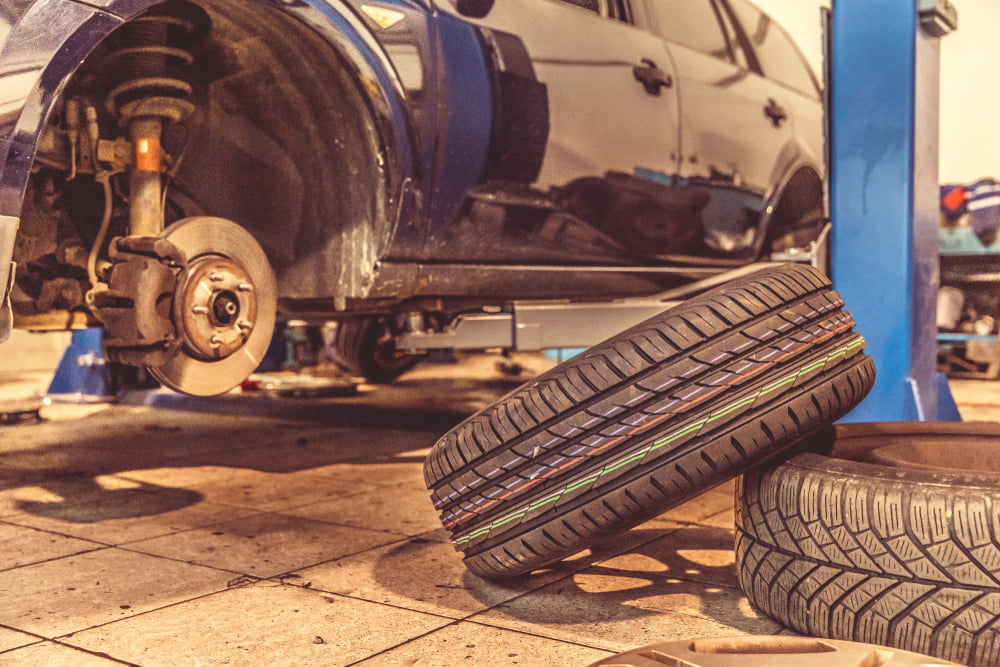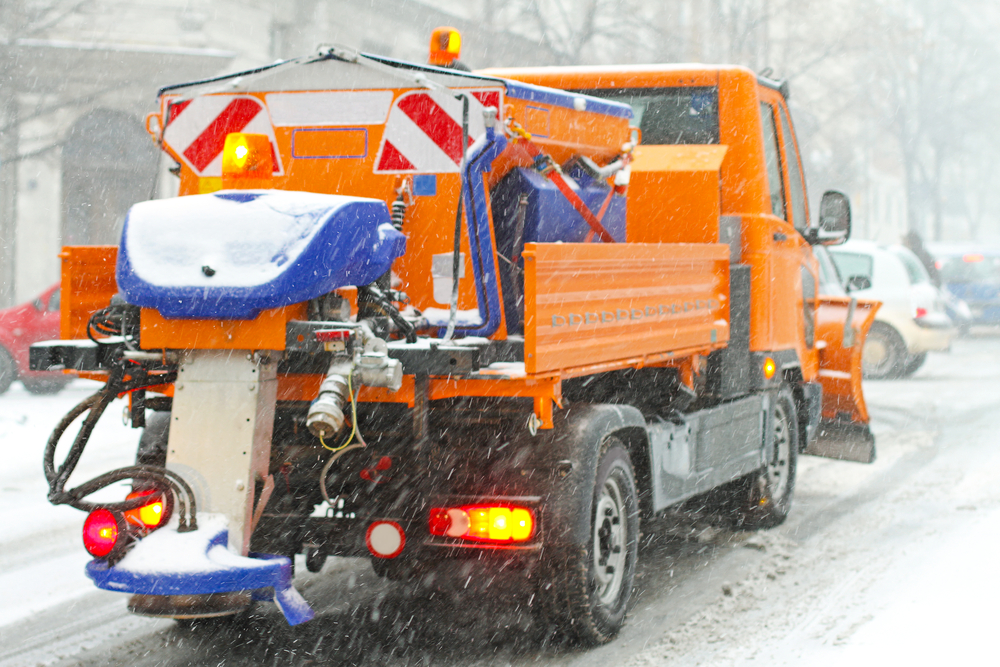By taking these tips to heart, drivers can get through the winter season with a well-prepared vehicle, ready to take on the challenges of cold weather.
With the colder days approaching and when winter sets in and temperatures drop to freezing at night, many motorists wonder how they can best prepare their vehicles for the cold. Considering both gasoline and electric vehicles, there are several considerations and preparations to be made to ensure the reliability and safety of transportation.
Gasoline vehicles may experience starting problems due to the thickening of engine oil and reduced battery effectiveness at low temperatures. A battery loses a significant part of its starting capacity when the temperature drops. A solution to this is to regularly check the battery status and possibly replace an old battery before the start of the cold season. It is also advisable to use engine oil that is suitable for lower temperatures, which makes starting easier and better protects the engine.
charging habits
For electric cars the challenge is different; Cold can significantly reduce the range of an electric car because the batteries use more energy for heating and work less efficiently in the cold. Motorists could therefore adjust charging habits and make more frequent use of interim charging to ensure range. In addition, it is recommended to use programmed preheating while the car is still on the charger to reduce energy consumption while driving.

Tire pressure also deserves extra attention in winter. Cold air can lower the pressure in tires, leading to less fuel efficiency and reduced safety.
Winter tires are another crucial aspect of winterizing vehicles. These tires are not only required by law in certain regions, but also offer better grip and shorter braking distances at temperatures below 7 degrees Celsius. The rubber of winter tires remains more flexible at low temperatures, allowing them to maintain better contact with a cold road surface. It is very important to have the tires fitted before the onset of frost and to check the tread depth regularly, as worn tires do not provide sufficient grip.
Windows
Windshield protection is also a point of attention. Using a windshield cover can save time in the morning by preventing ice from forming on the windshield. If the windshield is frozen, using a mixture of water and alcohol in a spray bottle can help the ice melt faster. However, it is important never to pour hot water over a frozen window as this can cause thermal shock and crack the glass.
A well-filled tank can have additional benefits in winter. It not only keeps the car heavier and more stable on slippery roads, but also prevents moisture in the fuel tank from freezing and blocking pipes. For electric cars, the equivalent of this is to travel with a charged battery, to provide a heating buffer and avoid being stranded if the battery life is shortened by the cold.

It is imperative that drivers are aware of the impact of salt and sand on their vehicles. This can cause corrosion, especially on the underside of the vehicle. Regular washing, including the underbody, helps to remove accumulated salt and dirt and extend the life of the car.
checklist
Preventive measures such as keeping a winter checklist can also contribute to safety and comfort. A checklist may include items such as checking antifreeze, the condition of windshield wipers, heater and defrosters, and carrying winter essentials such as an ice scraper, blanket and emergency kit.
Door and lock defroster are other useful items to have on hand during the winter months, as locks and doors can freeze shut. It is advisable to keep these products at home, not in the car, otherwise they will be out of reach when needed. Regularly coating door seals with a silicone spray can also prevent doors from freezing.
Starting a cold engine can place additional stress on the engine itself. It's a tip that many environmentally conscious people may not like to hear, but it's wise to let the engine run for a few minutes before driving away, which gives the oil time to circulate through the engine. This is especially important in petrol cars, but also in electric cars to preheat the interior.
Preparing vehicles in time for the winter cold is not only a matter of comfort but also of safety. By taking into account the differences between petrol and electric cars and acting appropriately, drivers can protect themselves against the cold and prevent possible problems.



